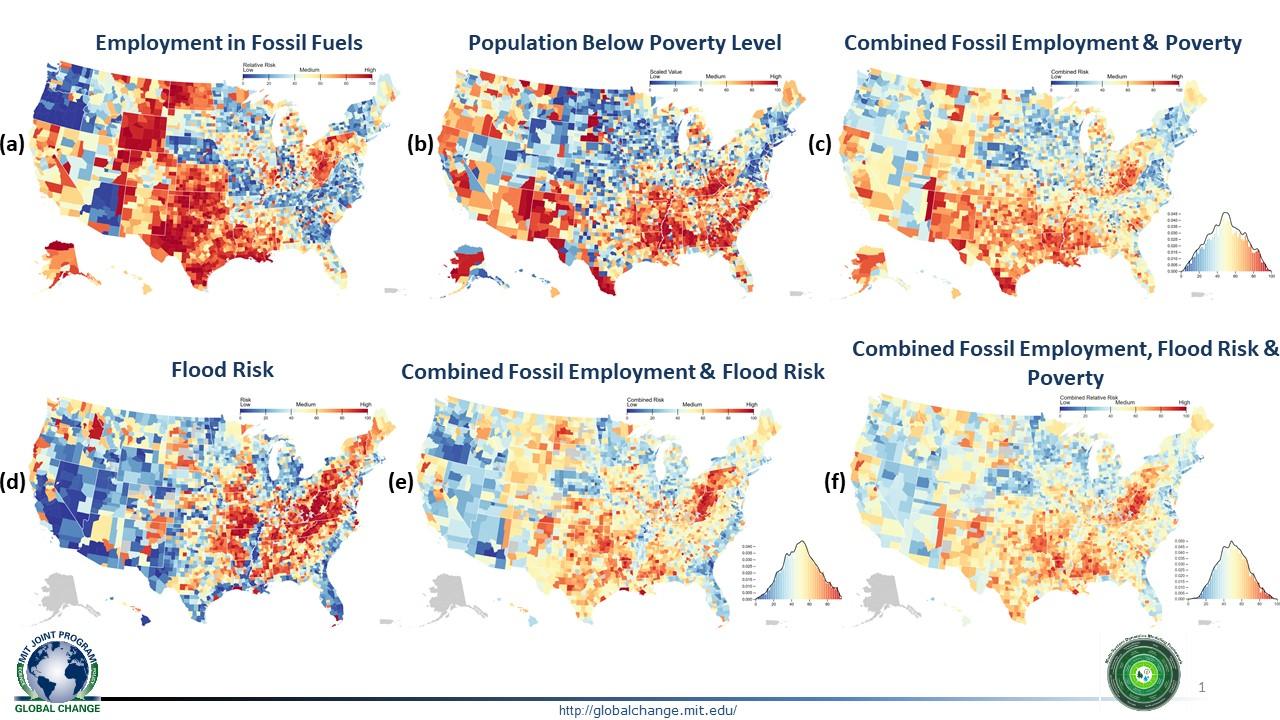News + Media

Report cites paper co-authored by MIT Joint Program researchers on climate effects on U.S. infrastructure (White House Council of Economic Advisors)
IEc’s work was recently cited by the White House Council of Economic Advisors in the 2023 Economic Report of the President. The report is released annually and addresses a list of standard topics (overall economic growth, the year in review, and the definitive source for retrospective GDP and...

Finding ‘hotspots’ where compounding risks converge
SCIENCE

A multidisciplinary climate change curriculum for high schools, developed at MIT, aims to engage and mobilize teachers and students (MIT Energy Initiative)

